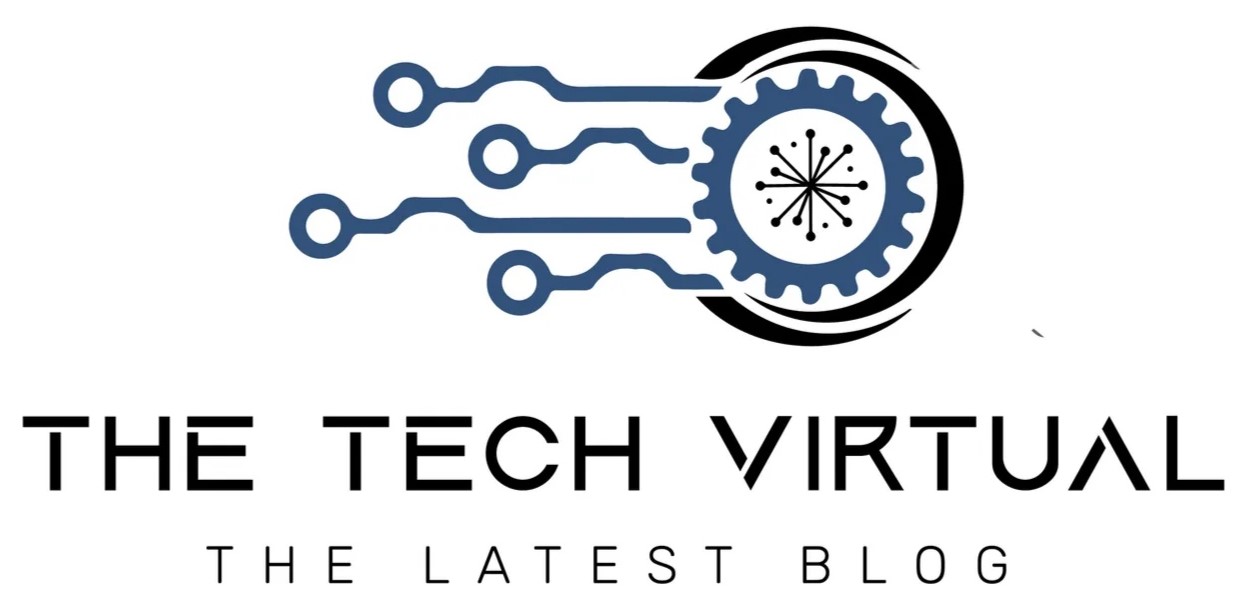
Industrial vision professionals are individuals who specialize in the field of industrial vision, which involves the use of technology to capture and analyze visual data in various industries. This includes sectors such as manufacturing, automotive, healthcare, and agriculture. These professionals play a crucial role in ensuring that businesses can optimize their operations by leveraging the power of visual information.
The importance of industrial vision cannot be overstated. In today’s fast-paced world, businesses need to make quick and accurate decisions based on real-time data. Industrial vision provides a means to gather this data through cameras and sensors that capture images or videos of processes or objects. By analyzing these visuals, professionals can identify patterns, detect defects or anomalies, measure dimensions accurately, and monitor quality control.
Key Takeaways
- Industrial vision professionals play a crucial role in ensuring quality control and efficiency in manufacturing processes.
- Empowering these professionals with the latest innovations in computer vision software, robotics, and augmented/virtual reality can greatly enhance their capabilities.
- Computer vision software is a key tool for image processing and analysis in industrial settings.
- Robotics can assist industrial vision professionals in tasks such as inspection and assembly.
- Augmented and virtual reality can provide enhanced visualization and training opportunities for industrial vision professionals.
The Importance of Empowering Industrial Vision Professionals
Empowering industrial vision professionals has numerous benefits for businesses across industries. Firstly, it enables them to improve their operational efficiency by automating tasks that were previously done manually. For example, instead of relying on human inspectors to visually inspect products for defects on an assembly line, industrial vision systems can perform this task more accurately and at a faster pace.
Furthermore, empowering these professionals allows companies to enhance their productivity levels significantly. By utilizing advanced image processing algorithms and machine learning techniques provided by industrial vision technology solutions like computer vision software or robotics systems integrated with visual capabilities – they can streamline processes such as inventory management or quality control.
Latest Innovations in Industrial Vision Technology
The field of industrial vision is constantly evolving with new innovations being introduced regularly. One significant advancement is the development of high-resolution cameras capable of capturing detailed images even in challenging environments such as low light conditions or high-speed production lines.
Moreover, there have been significant advancements in hardware solutions used for industrial imaging purposes like 3D scanners that enable precise measurements without physical contact with objects being inspected.
On the software front too there have been remarkable developments with computer vision software. This software utilizes algorithms to analyze images or videos and extract valuable information from them. It can be used for a wide range of applications such as object recognition, defect detection, or even facial recognition.
COMPUTER VISION SOFTWARE FOR IMAGE PROCESSING
| Software Name | Features | Accuracy | Speed | Cost |
|---|---|---|---|---|
| OpenCV | Object detection, facial recognition, image segmentation | High | Fast | Free |
| TensorFlow | Image classification, object detection, segmentation | High | Fast | Free |
| PyTorch | Image classification, object detection, segmentation | High | Fast | Free |
| Matlab | Image processing, computer vision, machine learning | High | Fast | Paid |
| Caffe | Image classification, object detection, segmentation | High | Fast | Free |
Computer vision software is a key component of industrial vision technology. It enables the processing and analysis of visual data captured by cameras or sensors in real-time. This software uses advanced algorithms to extract meaningful information from images or videos, allowing industrial vision professionals to make informed decisions based on the analyzed data.
In industrial settings, computer vision software finds applications in various areas such as quality control, object tracking, and automation. For example, it can be used to detect defects in products during the manufacturing process by comparing captured images with predefined standards.
Additionally, computer vision software can also assist in automating tasks that were previously done manually. By leveraging machine learning techniques and pattern recognition algorithms, it can identify objects or features within an image and perform actions accordingly.
The Role of Robotics in Industrial Vision Solutions
Robotics plays a crucial role in enhancing industrial vision solutions by providing physical capabilities that complement visual analysis capabilities. Robots equipped with cameras and sensors can perform tasks that require both perception and manipulation skills.
By integrating robotics into industrial vision systems, businesses can achieve higher levels of accuracy and efficiency compared to traditional methods. For instance, robots equipped with visual capabilities can navigate complex environments autonomously while performing tasks like picking up objects from conveyor belts or assembling components accurately.
Furthermore, robotics enables businesses to automate repetitive tasks that were previously performed manually by human workers. This not only improves productivity but also reduces the risk of human error while ensuring consistent quality control throughout the production process.






